当前位置:网站首页>Simple design description of MIC circuit of ECM mobile phone
Simple design description of MIC circuit of ECM mobile phone
2022-07-05 08:09:00 【Learning notes of hardware Xiaobai】
MIC: A device that converts an acoustic signal into an electrical signal .
The current market MIC It is mainly divided into ECM And MEMS Two types .
However , What we are talking about today is ECM, Electret condenser microphone . In mobile applications , It is mainly used in headphones MIC In circuit . Other main and auxiliary MIC Then for MEMS type .
ECM Type of MIC The interior can be simply understood as a diaphragm capacitor and a FET constitute .
When there is sound transmission , It will drive the membrane to vibrate , Thus, the air gap changes . Change electric capacity and electromagnetic field , Generate electrical signals ,E=Q/C.
FET High impedance . One end is in contact with one pole of the capacitor . One end of the capacitor is fixed , One end is movable . The distance between the two ends is related to the input of sound . The size of the sound 、 Frequency causes the change of amplitude and frequency of metal sheet vibration , In the view of capacitance, it is the change of the distance between the two poles of capacitance , Then it is equivalent to the change of capacitance charge accumulation .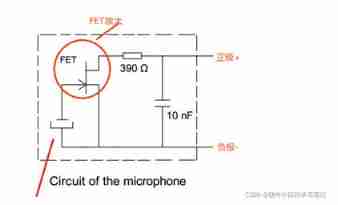
MIC The working current is generally 500uA.
The circuit adopts differential circuit . It has a strong function of restraining interference .
AU_VIN1_N And AU_VIN1_P Access CODEC End .
C201 And C202 Main filtration
C203 It plays the role of filtering differential mode interference in the line .
C204 And C205 It plays the role of filtering common mode interference .
Three kinds of filtering are for MIC Provide a clean power supply .
ACCDET To detect the earphone type . It is connected to CODEC There are two comparators inside . Plug in headphones and three segment headphones , The voltages of the four segment headphones are different .
AU_MICMIAS1 by MIC Provide bias voltage .R204 Is the bias resistance . Mostly 1K. In order to make FET Working at saturation .R203 Yes MIC The sensitivity of plays a certain role . The resistance value should not be too large .R203 Too much leads to MIC Input current is too small . And then affect the dynamic range of the output level . for example , When R203 When the resistance value is too large , The input current is small , The dynamic range of the output level will be smaller as a whole . When there is sound input , Some will be mistakenly given up because of noise or no input , Sensitivity will decrease . When inputting a smaller sound , Will not be available . therefore , When designing hardware , The parameters of this resistor , Consider and choose based on noise and sensitivity .
And then HPH_MIC_N And HPH_MIC_P Get into MIC End .
Suppose the current flowing is I.I=I0+i.I0 It can be understood as DC bias , It is the current under quiet conditions .i It is the current when there is sound input . According to the fluctuation of sound , It is changing . ideally , It is a sinusoidal signal .
Strictly speaking , This circuit is not really differential . Because the common mode voltage of the differential signal is the same , And the above differential connection ,P and N The common mode voltage of is different . Is therefore ,Vbias The fluctuation of will make the common mode voltage change into differential mode voltage , Form noise .
边栏推荐
- C WinForm [exit application] - practice 3
- Drive LED -- GPIO control
- C, Numerical Recipes in C, solution of linear algebraic equations, LU decomposition source program
- Classic application of MOS transistor circuit design (1) -iic bidirectional level shift
- 生产中影响滑环质量的因素
- Win10 shortcut key
- 2021-10-28
- Shape template matching based on Halcon learning [9] PM_ multiple_ dxf_ models. Hdev routine -- [read and write XLD from DXF file]
- C#,数值计算(Numerical Recipes in C#),线性代数方程的求解,LU分解(LU Decomposition)源程序
- Screen record of the opening ceremony of the Beijing winter olympics 2
猜你喜欢
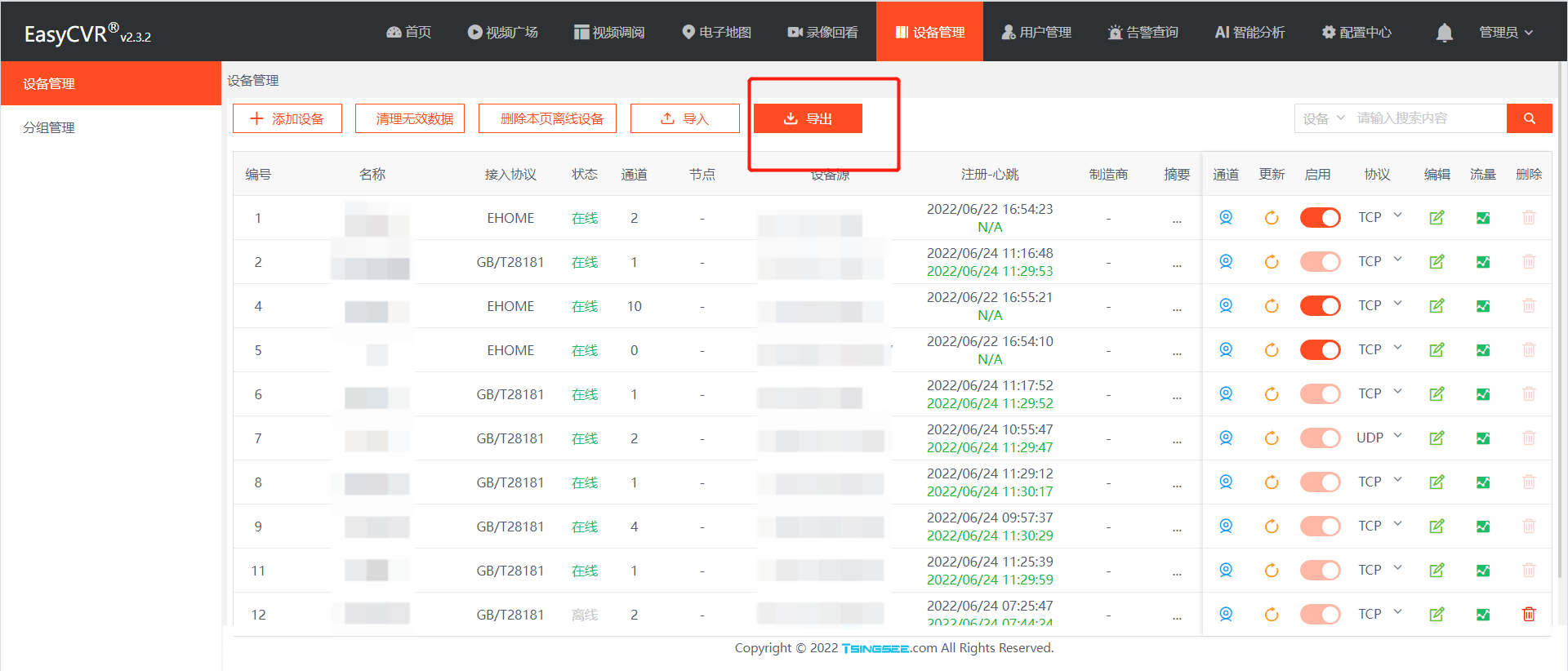
如何将EasyCVR平台RTSP接入的设备数据迁移到EasyNVR中?

Ads usage skills

A simple method to prove 1/t Fourier transform
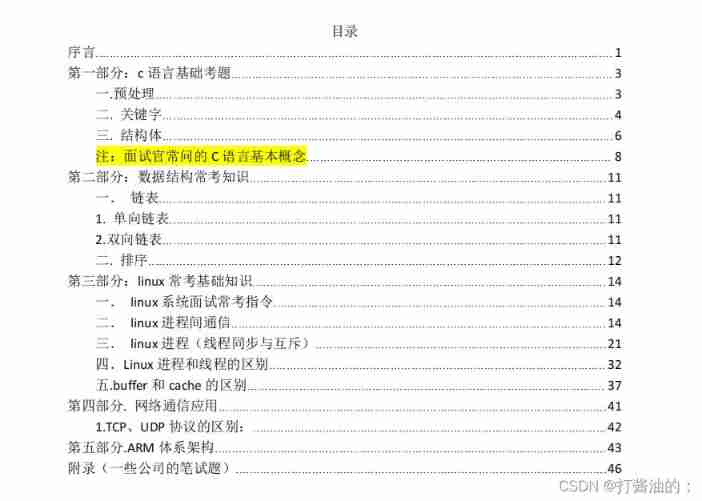
Interview catalogue
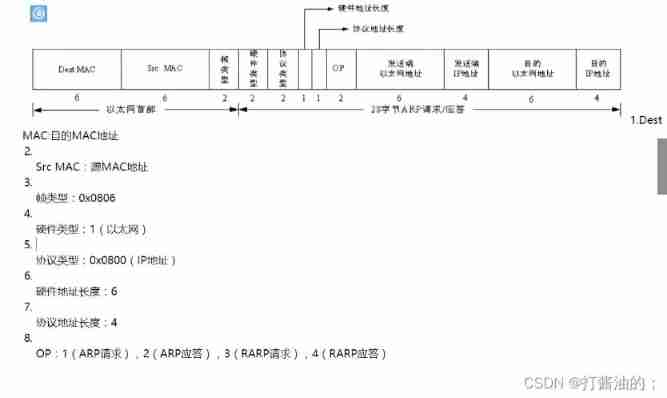
Network communication process
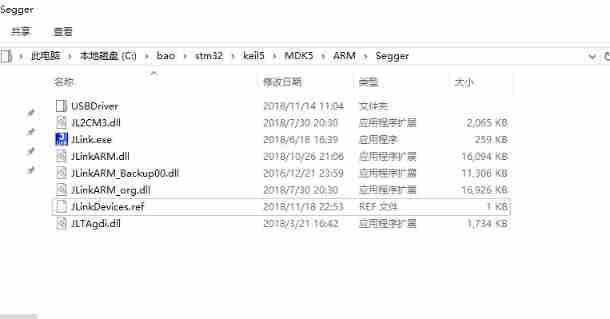
The firmware of the connected j-link does not support the following memory access
![C WinForm [help interface - send email] - practice five](/img/2a/c4e7abe054e6fdd45acc7d297a033d.jpg)
C WinForm [help interface - send email] - practice five
![Shape template matching based on Halcon learning [viii] PM_ multiple_ models. Hdev routine](/img/13/22a1915329f58acd54c40176f6f301.jpg)
Shape template matching based on Halcon learning [viii] PM_ multiple_ models. Hdev routine
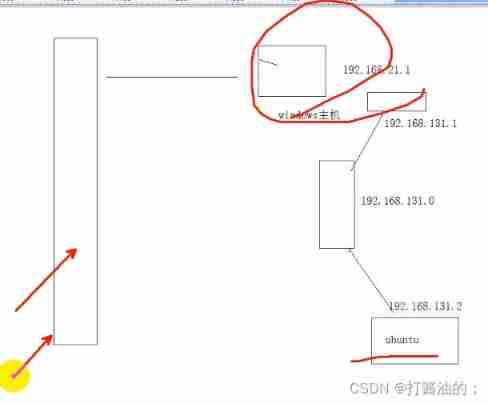
Connection mode - bridge and net
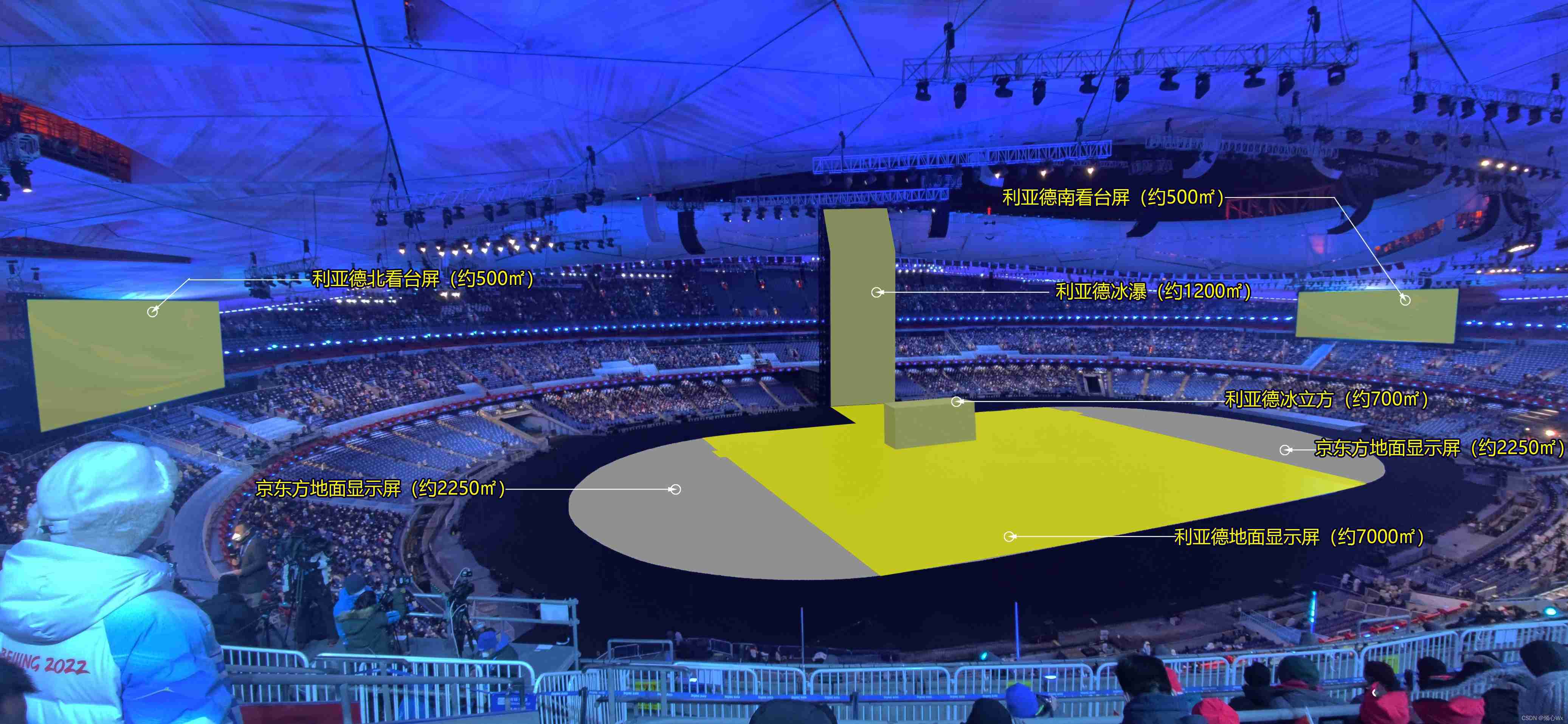
Screen record of the opening ceremony of the Beijing winter olympics 2
随机推荐
The firmware of the connected j-link does not support the following memory access
solver. Learning notes of prototxt file parameters
Sql Server的存儲過程詳解
C WinForm [realize the previous and next selection pictures] - practice 7
Network port usage
OLED 0.96 inch test
Interview catalogue
Vofa+ software usage record
C WinForm [change the position of the form after running] - Practical Exercise 4
Solutions to compilation warnings in Quartus II
Soem EtherCAT source code analysis attachment 1 (establishment of communication operation environment)
Ble encryption details
Classic application of MOS transistor circuit design (1) -iic bidirectional level shift
LED display equipment records of the opening ceremony of the Beijing Winter Olympics
L'étude a révélé que le système de service à la clientèle du commerce électronique transfrontalier a ces cinq fonctions!
Verilog -- state machine coding method
Explain task scheduling based on Cortex-M3 in detail (Part 1)
UEFI development learning 5 - simple use of protocol
Bluetooth hc-05 pairing process and precautions
After installing the new version of keil5 or upgrading the JLINK firmware, you will always be prompted about the firmware update